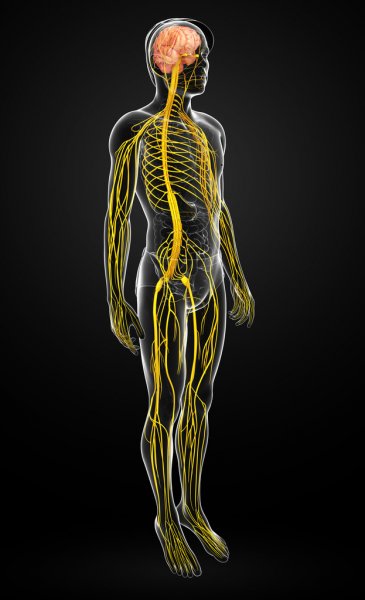ACTINOMORPHIC
[TIMES OF EDUCATION GK]
ACTINORMOPHIC:
Symmetrical over more than one vertical plane; e.g., flowers that can be separated into symmetrical halves along any plane.
ACTION POTENTIAL:
A localized rapid change in voltage that occurs across the membrane of a muscle or nerve cell when a nerve impulse is initiated. It is caused by a physicochemical change in the membrane during the interaction of the flow and exchange of sodium and potassium ions.
ACTIVE CENTER:
The location in an ENZYME where the specific reaction takes place.
ACTIVE SITE:
The active site of an enzyme is the area— a depressed region comprising a few of the protein’s amino acids—on a portion of an enzyme that binds to its substrate. The enzyme’s specificity is based on the shape of the active area, which can alter itself to snugly fit the substrate to which it is binding by using weak chemical bonds.
ACTIVE TRANSPORT:
The movement of a substance across a biological membrane, such as living cells, against a concentration (diffusion) gradient with the help of metabolic energy, usually provided by ATP (adenosine triphosphate). Active transport serves to maintain the normal balance of ions in cells, in particular ions of sodium and potassium, which play a vital role in nerve and muscle cells. Because a molecule is “pumped” across the membrane against its gradient with the help of metabolic energy, it is referred to as “active” transport. The sodium–potassium “pump” that exchanges sodium (Na+) for potassium (K+) across the plasma membrane of animal cells is an example of the active transport mechanism. It is the carriage of a solute across a biological membrane from low to high concentration that requires the expenditure of metabolic energy.
Popular Posts
Recent Keyword
Categories
Contact Us
Copyright ©
TIMES OF EDUCATION GK





0 Comments